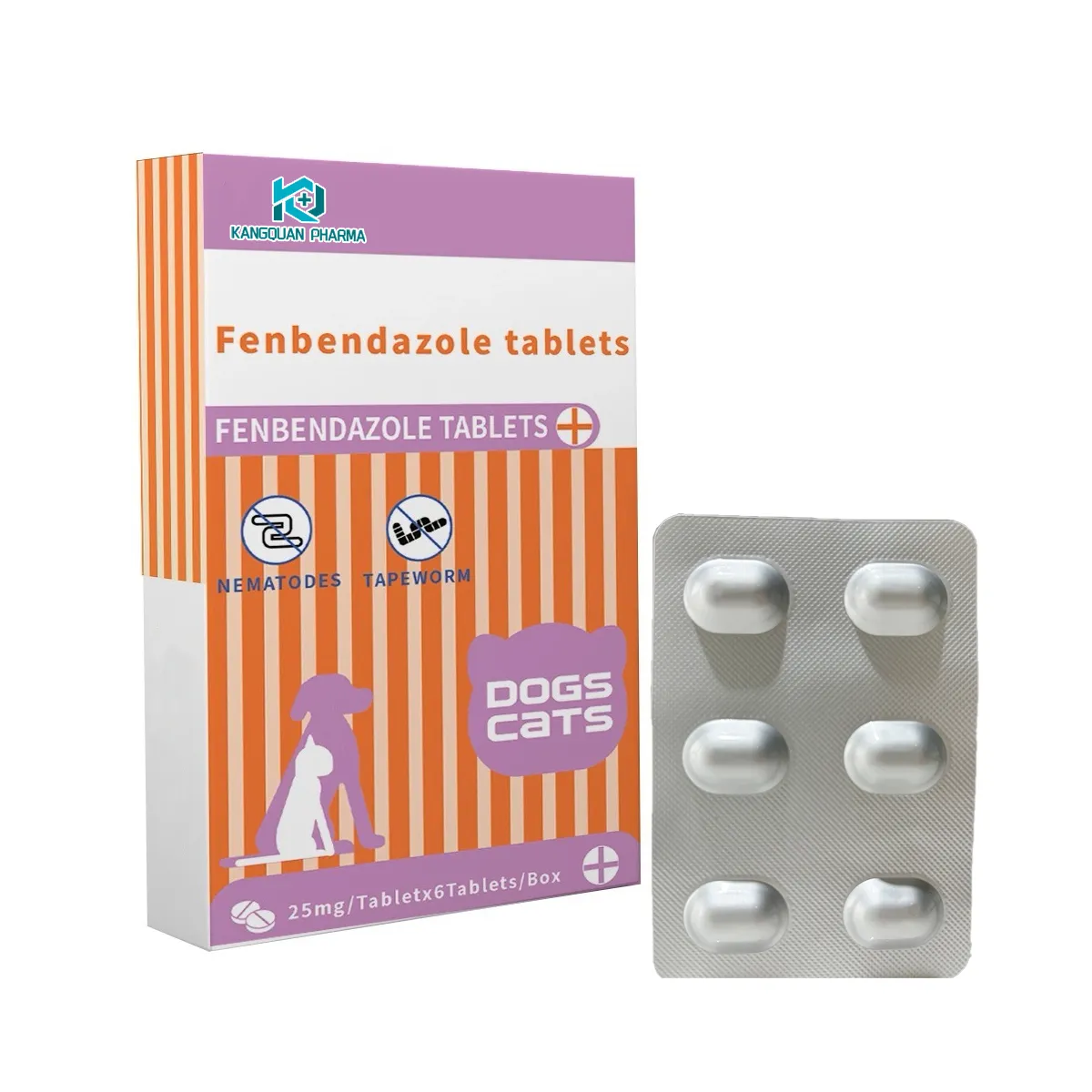- Afrikaans
- Albanian
- Amharic
- Arabic
- Armenian
- Azerbaijani
- Basque
- Belarusian
- Bengali
- Bosnian
- Bulgarian
- Catalan
- Cebuano
- Corsican
- Croatian
- Czech
- Danish
- Dutch
- English
- Esperanto
- Estonian
- Finnish
- French
- Frisian
- Galician
- Georgian
- German
- Greek
- Gujarati
- Haitian Creole
- hausa
- hawaiian
- Hebrew
- Hindi
- Miao
- Hungarian
- Icelandic
- igbo
- Indonesian
- irish
- Italian
- Japanese
- Javanese
- Kannada
- kazakh
- Khmer
- Rwandese
- Korean
- Kurdish
- Kyrgyz
- Lao
- Latin
- Latvian
- Lithuanian
- Luxembourgish
- Macedonian
- Malgashi
- Malay
- Malayalam
- Maltese
- Maori
- Marathi
- Mongolian
- Myanmar
- Nepali
- Norwegian
- Norwegian
- Occitan
- Pashto
- Persian
- Polish
- Portuguese
- Punjabi
- Romanian
- Russian
- Samoan
- Scottish Gaelic
- Serbian
- Sesotho
- Shona
- Sindhi
- Sinhala
- Slovak
- Slovenian
- Somali
- Spanish
- Sundanese
- Swahili
- Swedish
- Tagalog
- Tajik
- Tamil
- Tatar
- Telugu
- Thai
- Turkish
- Turkmen
- Ukrainian
- Urdu
- Uighur
- Uzbek
- Vietnamese
- Welsh
- Bantu
- Yiddish
- Yoruba
- Zulu
ডিসে. . 18, 2024 03:45 Back to list
enrofloxacin 20 injection
Enrofloxacin 20 Injection An Overview of Its Uses and Benefits
Enrofloxacin 20 injection is a veterinary medication widely utilized in the management of various bacterial infections in animals, particularly in livestock and companion animals. Belonging to the fluoroquinolone class of antibiotics, enrofloxacin is celebrated for its broad-spectrum antibacterial activity. This medication has gained prominence in the veterinary field due to its effectiveness against a range of pathogens while demonstrating a favorable safety profile when used appropriately.
Mechanism of Action
Enrofloxacin works by inhibiting bacterial DNA gyrase and topoisomerase IV, enzymes critical for bacterial DNA replication, transcription, and repair. By disrupting these processes, enrofloxacin effectively halts the growth of bacteria and ultimately leads to their death. This mechanism explains its broad-spectrum activity, making it effective against both Gram-positive and Gram-negative bacteria. Enrofloxacin is particularly noted for its efficacy in treating infections caused by Escherichia coli, Salmonella, and Staphylococcus species, among others.
Indications for Use
The primary indications for enrofloxacin 20 injection are to treat bacterial infections such as respiratory infections, urinary tract infections, skin infections, and gastrointestinal infections in various animal species, including cattle, pigs, and pets like dogs and cats
. This versatility enhances its utility in mixed animal practices, where veterinarians manage both food animals and companion animals.In addition to treating existing infections, enrofloxacin can be used in a prophylactic manner in some cases, such as during stressful conditions like transportation or after surgical procedures when the risk of infections is heightened. The ability to prevent possible infections is particularly valuable in maintaining the overall health of livestock, thus ensuring better productivity and economic viability for farmers.
Administration and Dosage
enrofloxacin 20 injection

Enrofloxacin 20 injection is typically administered subcutaneously or intramuscularly, and the dosage can vary based on the species, weight of the animal, and the severity of the infection. It is essential for veterinarians to calculate the appropriate dose to maximize therapeutic effects while minimizing potential side effects. Generally, treatment duration ranges from a few days to several weeks, depending on the response to therapy and the type of infection being treated.
Safety and Side Effects
While enrofloxacin is generally safe for use in animals, certain precautions should be taken. Some adverse effects may occur, including gastrointestinal disturbances such as vomiting or diarrhea. Rarely, more severe side effects like cartilage damage in young animals or potential neurotoxic effects have been reported. Consequently, enrofloxacin should be used with caution in young, growing animals and in those with a history of seizure disorders.
It is also important to note that resistance to fluoroquinolones can develop, and misuse of antibiotics, including enrofloxacin, can exacerbate this issue. Veterinarians should adhere to appropriate guidelines and consider culture and sensitivity testing when necessary to ensure that the antibiotic remains effective in treating bacterial infections.
Conclusion
Enrofloxacin 20 injection serves as a powerful tool in veterinary medicine for the treatment and prevention of bacterial infections across various animal species. Its broad-spectrum activity, coupled with a favorable safety profile, makes it an essential medication in the veterinary arsenal. However, responsible use, adherence to dosing guidelines, and consideration of potential side effects are paramount to ensuring the long-term efficacy of enrofloxacin and mitigating the risk of antibiotic resistance.
As the agricultural landscape continues to evolve, it is crucial for veterinarians and animal caretakers to remain updated on the latest research and best practices regarding antibiotic use. By doing so, they can continue to safeguard the health of animals while also addressing larger public health concerns associated with antimicrobial resistance. Thus, enrofloxacin 20 injection represents not just a therapeutic option, but also a part of the broader commitment to responsible veterinary practices that prioritize animal welfare and public health alike.
-
Guide to Oxytetracycline Injection
NewsMar.27,2025
-
Guide to Colistin Sulphate
NewsMar.27,2025
-
Gentamicin Sulfate: Uses, Price, And Key Information
NewsMar.27,2025
-
Enrofloxacin Injection: Uses, Price, And Supplier Information
NewsMar.27,2025
-
Dexamethasone Sodium Phosphate Injection: Uses, Price, And Key Information
NewsMar.27,2025
-
Albendazole Tablet: Uses, Dosage, Cost, And Key Information
NewsMar.27,2025













